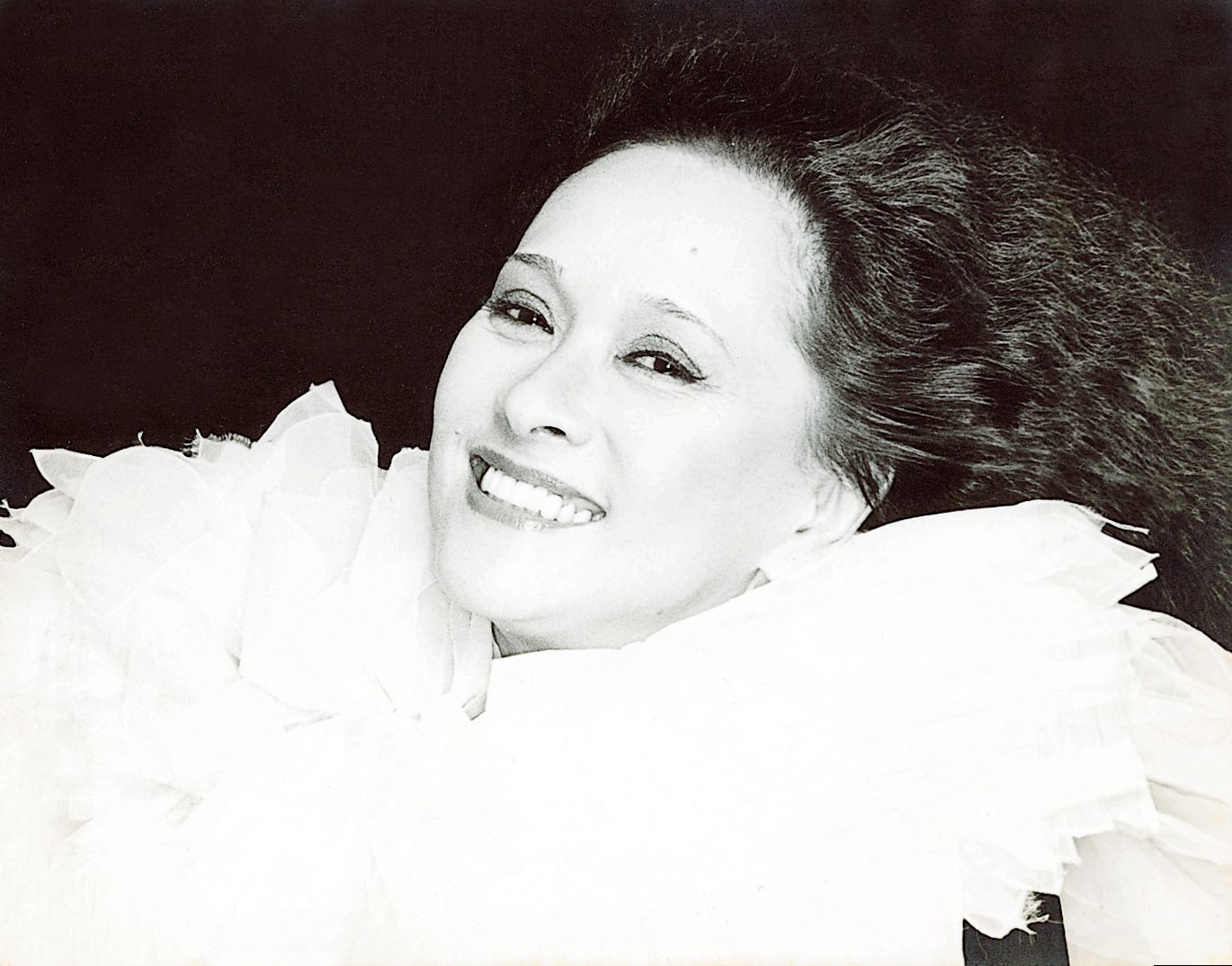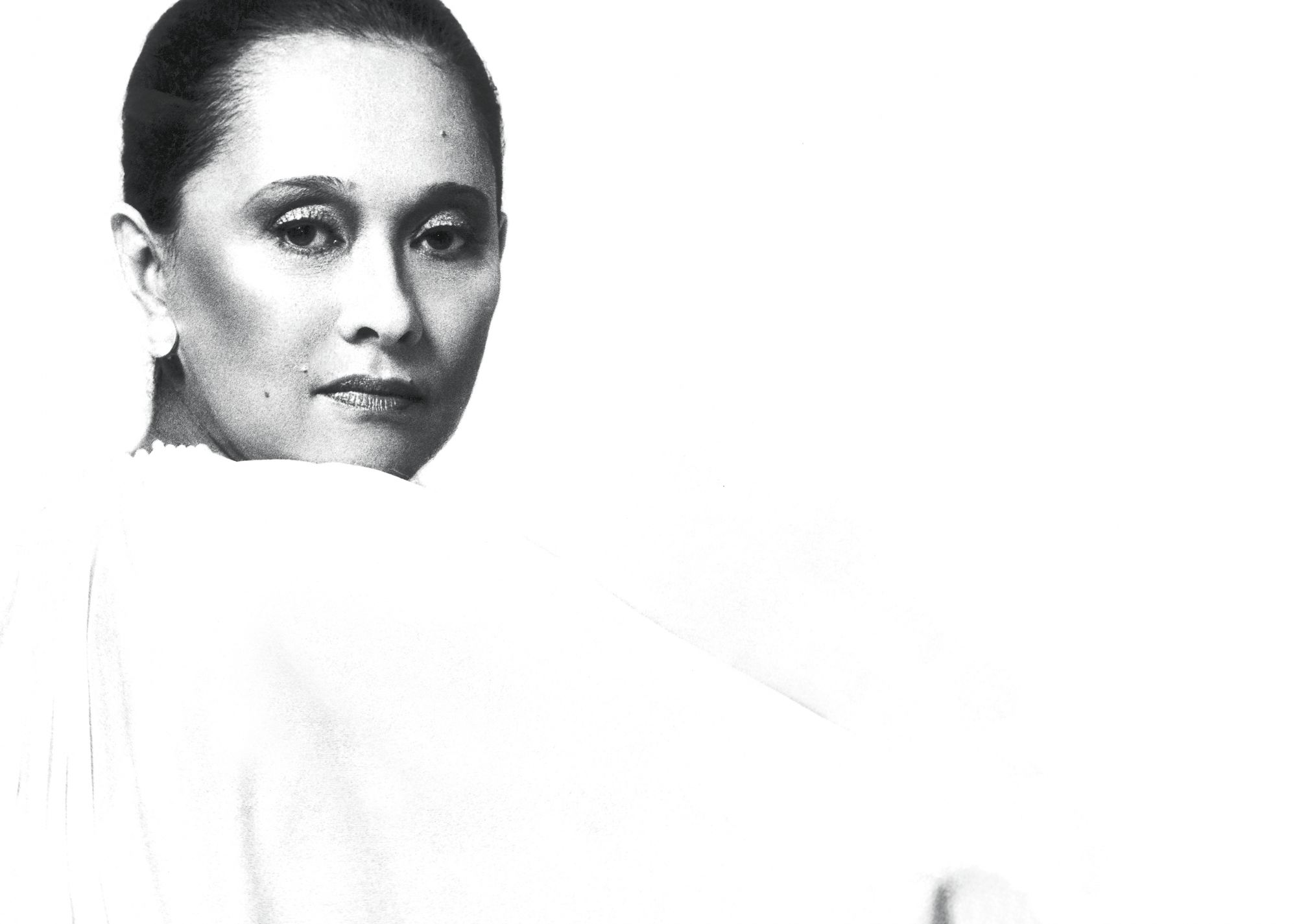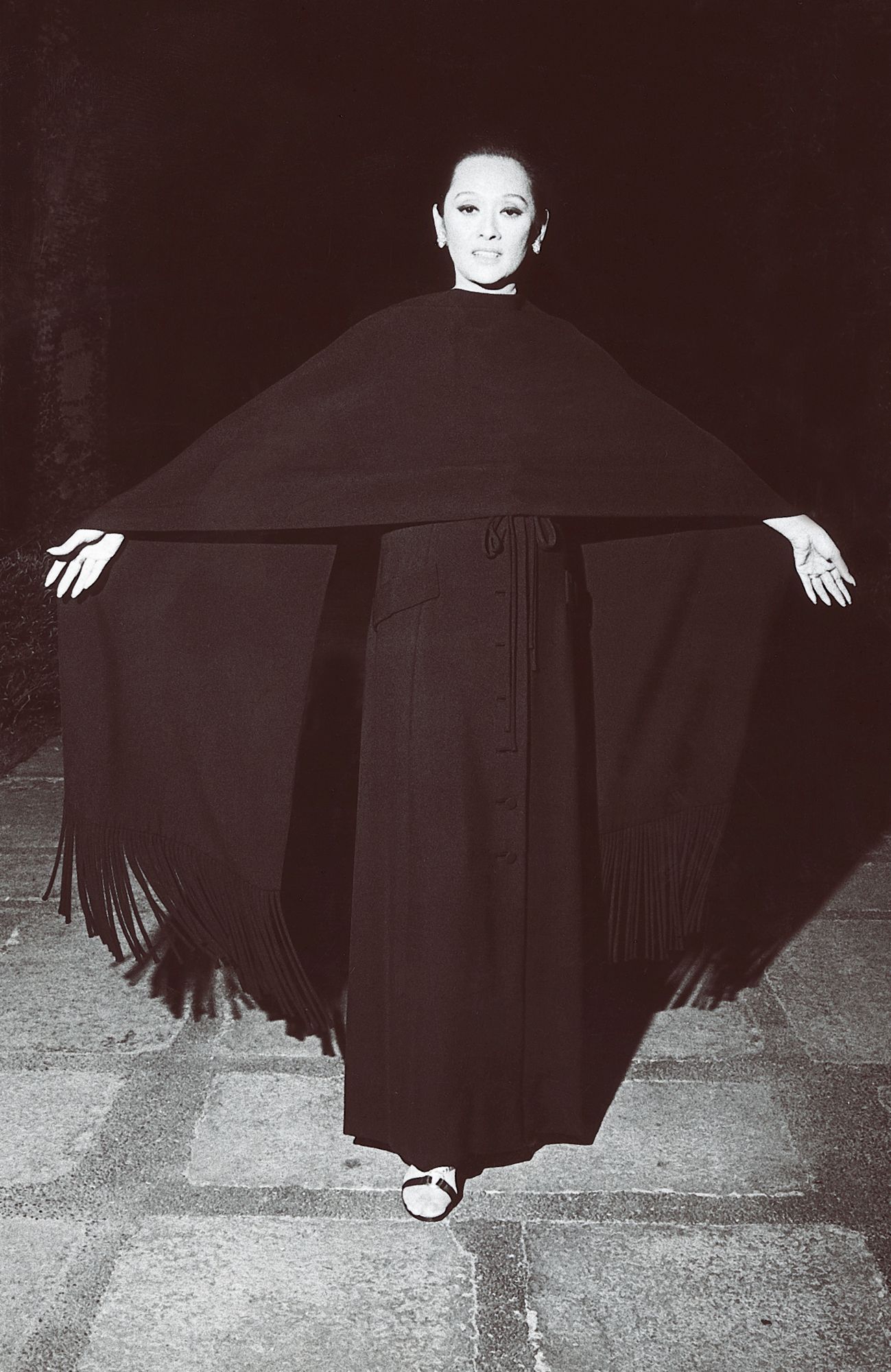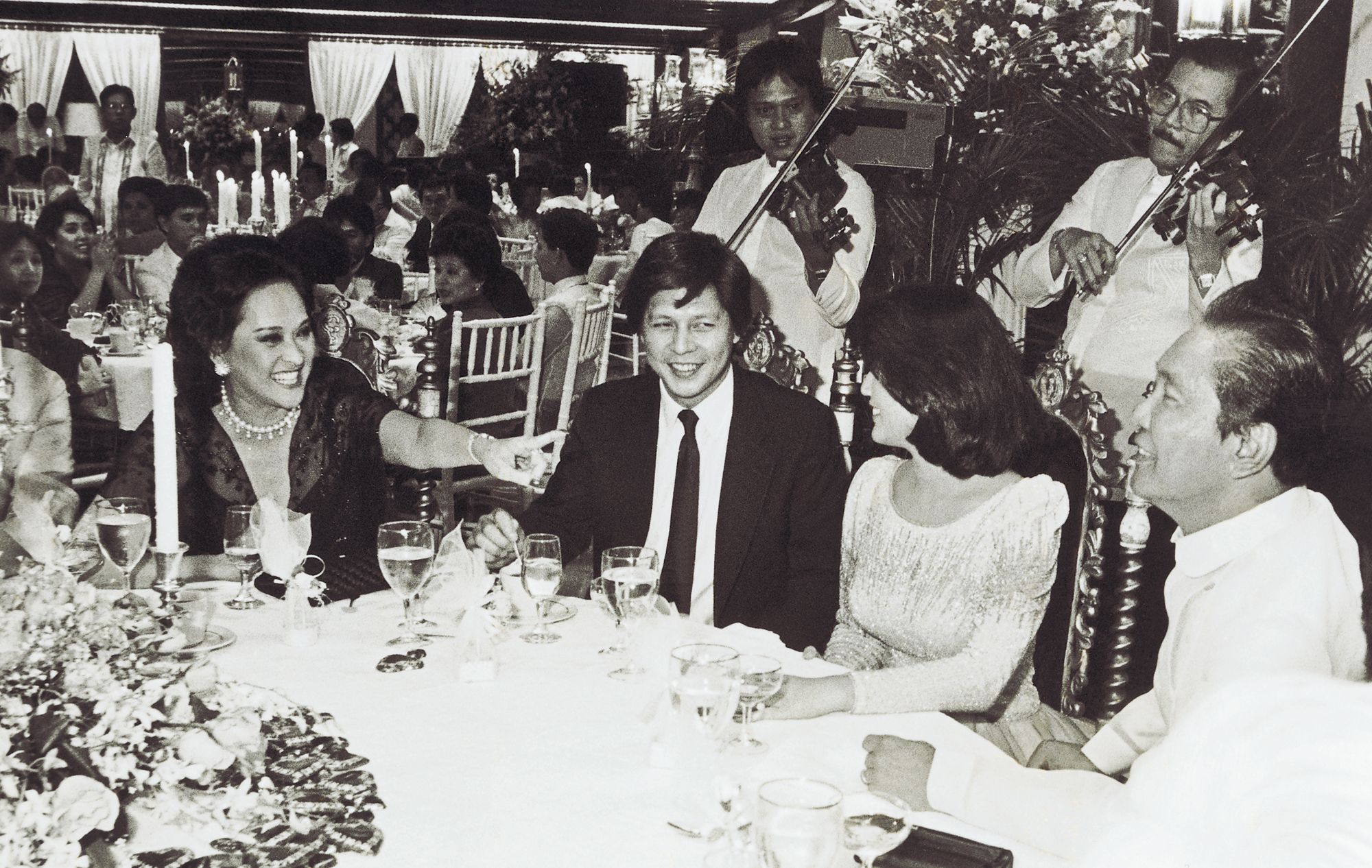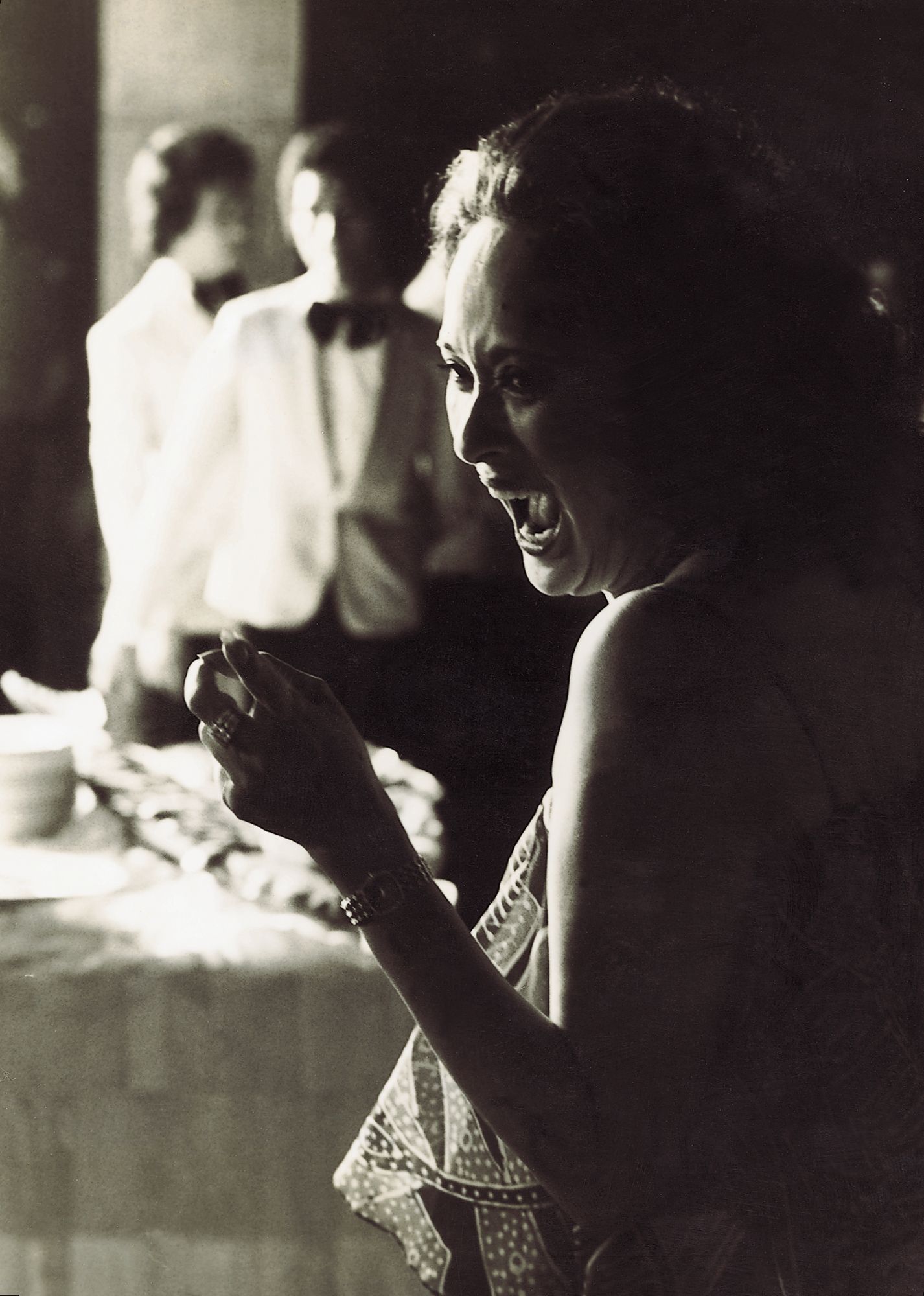She was, quite simply, larger than life. Elvira Manahan was a society and fashion icon whose reputation remains unrivalled to this day. All that came to an end the day she was murdered on October 14, 1986—leaving behind a legacy of glamour and mystery. Who was she? We recall a woman in search of happiness, love and her place in this world
This feature story was originally titled as Elvira, Remembered, and was published in the inaugural issue of Tatler Philippines dated September 2001.
If there was any Filipina who embodied true style, it was the late Elvira Manahan. More than just a fashion icon; she was an iconoclast. She was bizarre, yet admired and even loved for her eccentricity. By the social conventions of her time, which lasted well into the '80s, she was campy and shocking, often too voluble in her speech and laughter. Elvira created her own reality. There was nothing predictable about her except that she threw you off with her snappy, impromptu remarks, and that she would make impossible demands on all those around her.
"With her, an ordinary day turned out to be special. An adventure," recalls Nestor Torre, who directed and later co-hosted with Elvira the pioneering late-night TV talk show Two for the Road. The director and editor is compiling anecdotes about Elvira for a book.

Elvira was a journalist's dream subject. Today, this writer can't find anyone in the Philippine social landscape—young or old—who is as fascinating a subject as Elvira was.
"She's very unique. Wala pa kaming nakitang ganoong katindi yung dating. I think it was the combination—she was beautiful, sosyal, and wacky. She didn't care for image but for reputation; she knew the difference between the two. Image is something technical you present to your public while reputation is something you earn. She earned her reputation first as a great beauty, then on television as a great personality. The camera loved her. You could take huge close-ups," says Torre.
Her laughter—not her expensive wardrobe—put her a cut above the rest. Journalist Abe Florendo compares it to the sound of a bullfrog's croak refined to an allegro pitch in a conservatory of music. "She was one of those people who cared little about what people said. She would laugh aloud at a time when it was considered uncouth. People thought she was attracting attention," says George Sison, who was a talk show's astrologer and Elvira's friend. "That's a Cancerian laughter. Elvira said, 'The reason I laugh this way is that if I stopped, I'd start crying'."





